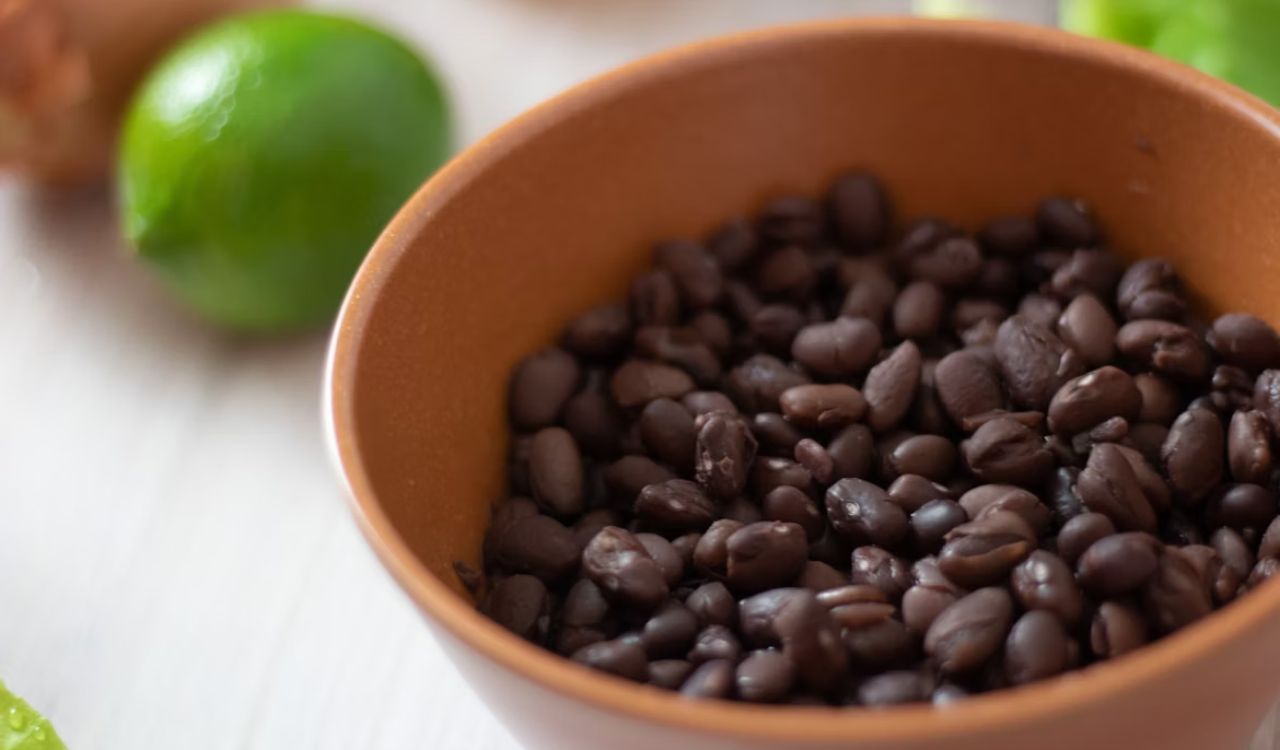10 Countries That Export the Most Coffee in 2025

Coffee remains one of the world’s most traded agricultural commodities, generating billions in export revenue each year. In 2025, the rankings of top coffee-exporting nations remain largely unchanged, with Brazil, Vietnam, and Colombia leading the charge. According to the International Coffee Organization (ICO) and the U.S. Department of Agriculture (USDA), these nations dominate global shipments due to vast cultivation areas, modernized infrastructure, and resilient production systems. From Latin American arabica specialists to Asian robusta powerhouses, the world’s coffee trade depends heavily on these ten exporting countries.
1. Brazil
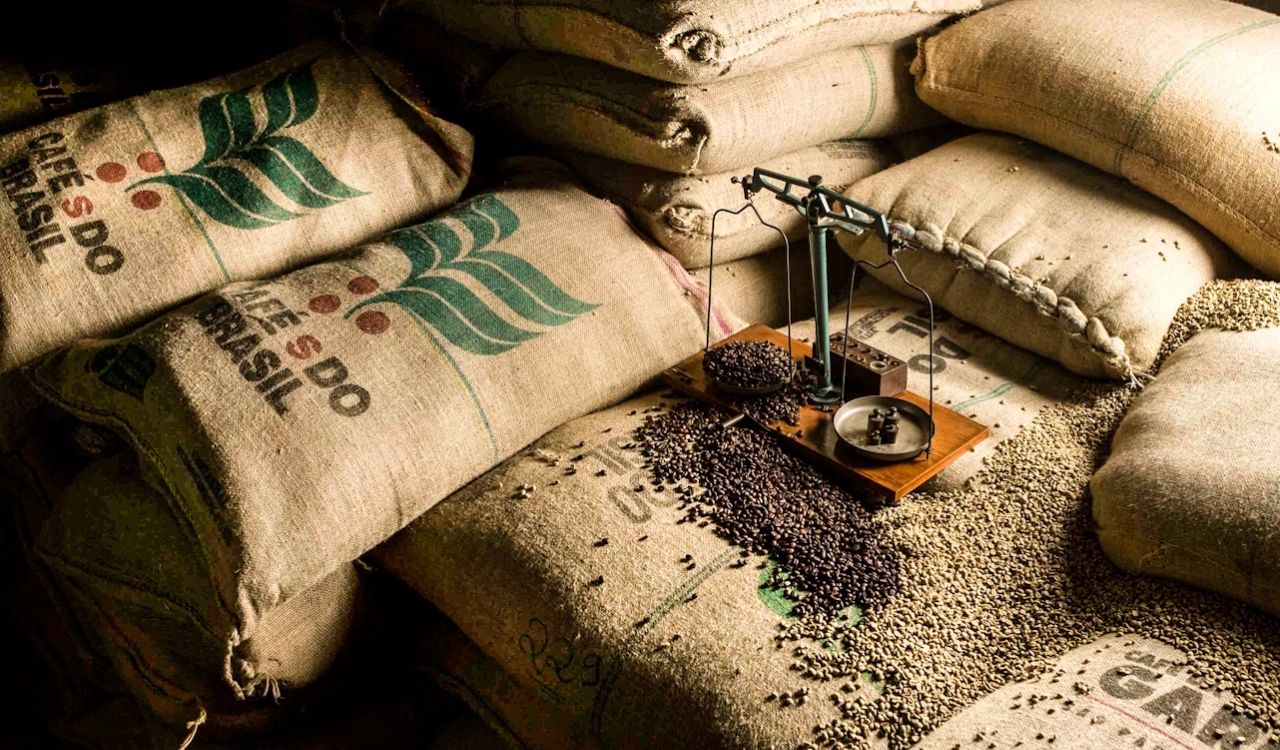
Brazil is the undisputed leader in global coffee exports, supplying more than 40 percent of the world’s traded coffee. The country’s favorable climate, massive plantations, and advanced processing facilities make it a consistent powerhouse. Exports reached over 41 million 60-kilogram bags in the 2023–2024 season, with 2025 showing similar strength. Brazil’s ability to produce both arabica and conilon varieties gives it flexibility to meet shifting global demands. Even during droughts or currency fluctuations, the country’s infrastructure keeps it firmly in first place.
2. Vietnam

Vietnam ranks second globally, thanks to its dominance in robusta production. It exports roughly 25 percent of the world’s coffee, primarily for instant and blended products. Vietnamese farmers excel at high-yield, cost-efficient cultivation, supported by strong government initiatives and private-sector investment. Coffee regions such as Dak Lak and Lam Dong continue to boost productivity. Despite price fluctuations and climate challenges, Vietnam’s combination of robust output and dependable supply keeps it securely positioned as the world’s leading robusta exporter.
3. Colombia

Colombia is known for high-quality arabica beans that fetch premium prices on global markets. As the world’s third-largest coffee exporter, it contributes about 10 percent of the international supply. The Colombian Coffee Growers Federation maintains strict quality control, ensuring consistency in flavor and aroma. Favorable rainfall in 2024–2025 helped push production higher, boosting export potential. Colombia’s strong branding and focus on traceability make it a preferred supplier for specialty roasters and major beverage companies worldwide.
4. India
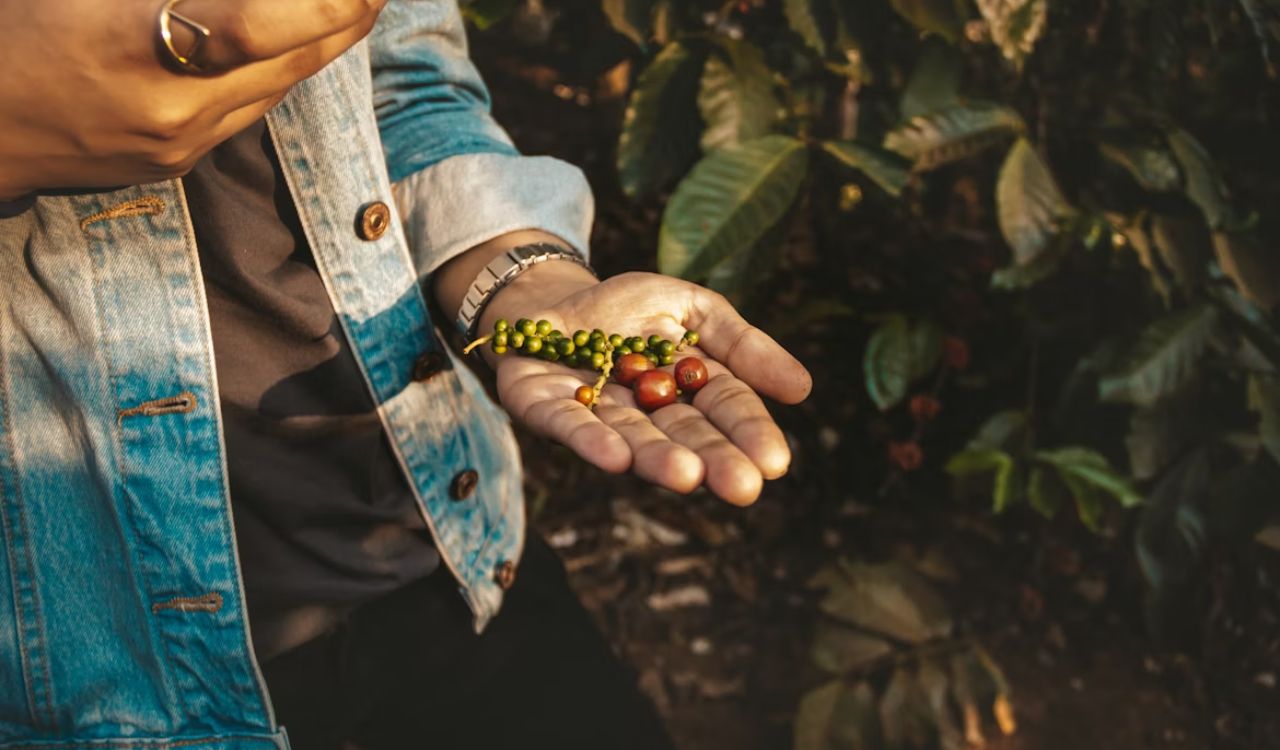
India’s coffee exports blend quantity and diversity, featuring both arabica and robusta varieties. The country ranks fourth globally, exporting millions of bags annually to Europe, Russia, and the Middle East. Indian coffee benefits from unique microclimates in states like Karnataka, Kerala, and Tamil Nadu, where shade-grown farming preserves flavor quality. Its strong, soluble coffee industry also contributes to its export share. Government incentives and expanding processing capacity help Indian exporters compete effectively on the global stage in 2025.
5. Indonesia

Indonesia continues to be a vital supplier of robusta beans, ranking fifth in global exports. Coffee from Sumatra, Java, and Sulawesi provides a diverse flavor range, often characterized by rich body and earthy notes. The nation’s production relies heavily on smallholder farms that contribute to steady export flows despite weather-related yield shifts. With a growing focus on sustainability and certifications, Indonesia’s exporters are gaining stronger footholds in European and North American markets that value traceable supply chains.
6. Uganda
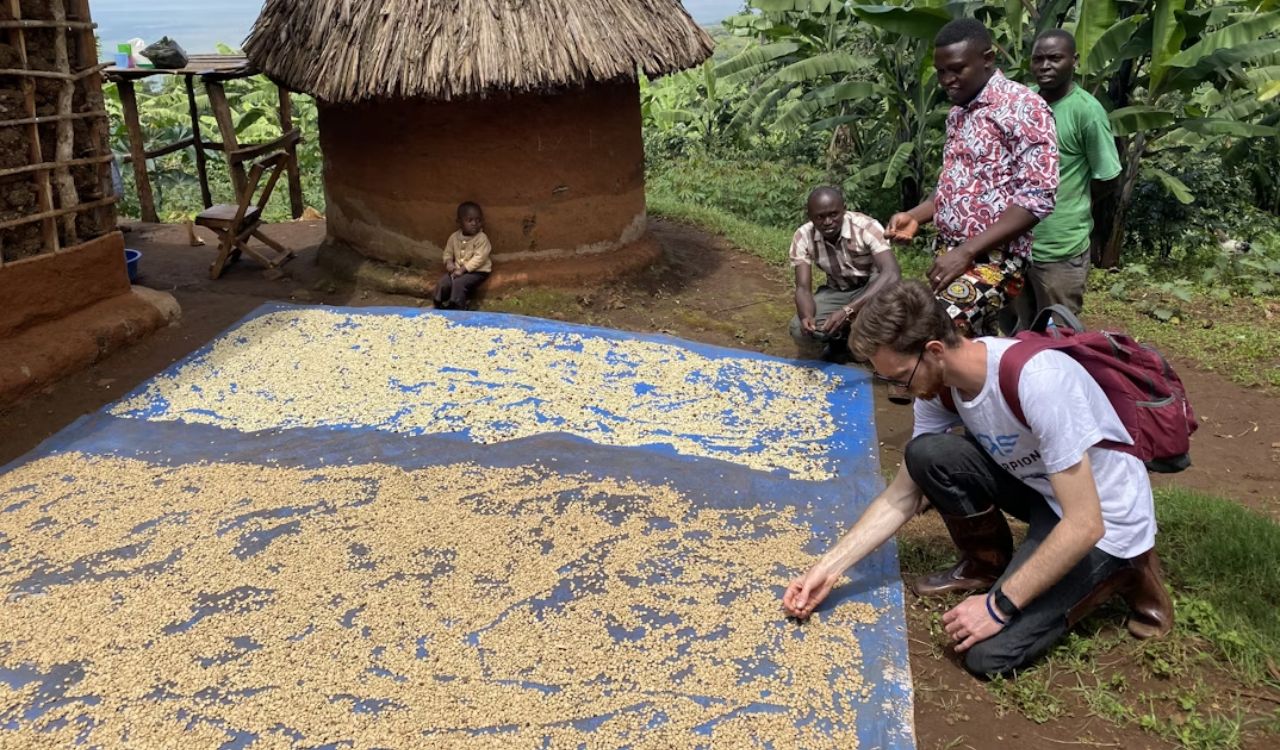
Uganda stands as Africa’s top coffee exporter, shipping both robusta and arabica varieties. Its central position on the continent and access to regional trade routes help move millions of bags each year through ports like Mombasa. Favorable conditions in 2024 contributed to increased harvest volumes, and 2025 projections remain optimistic. Uganda’s government has invested in replanting initiatives, quality improvement programs, and farmer training. These ongoing efforts ensure the country remains a key player in the global coffee supply chain.
7. Honduras
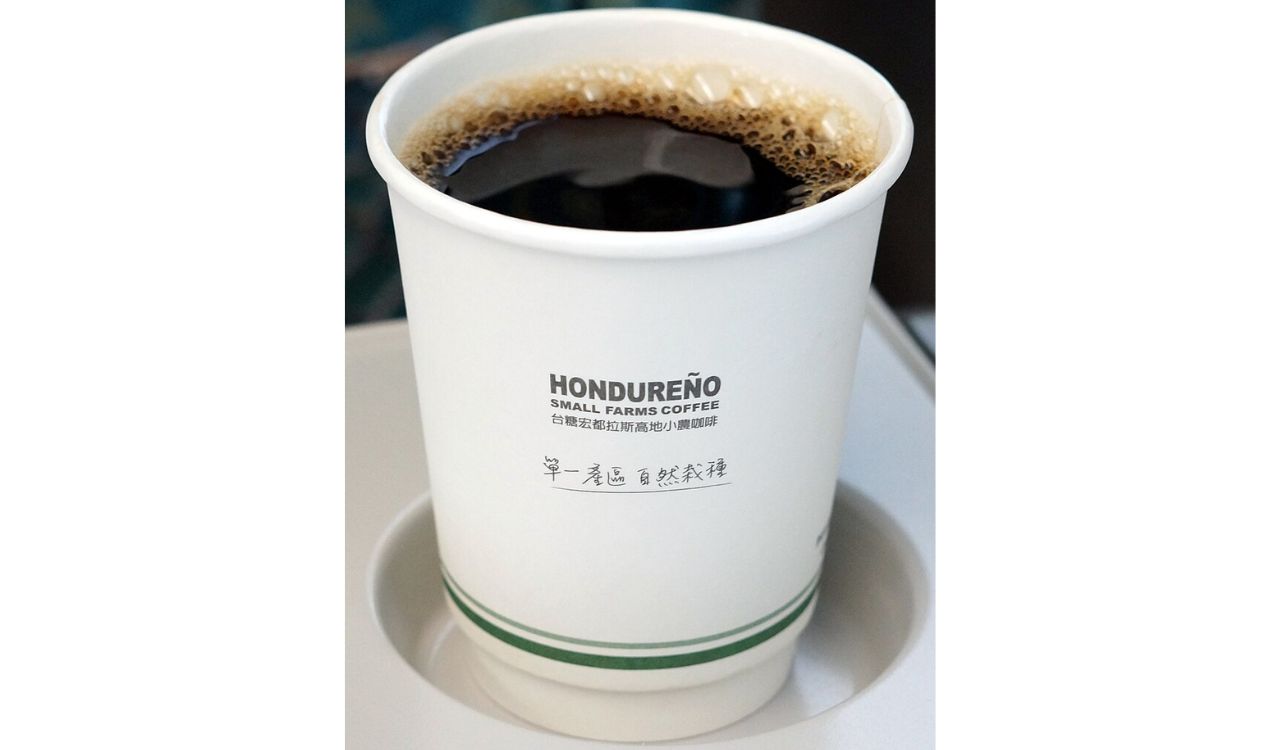
Honduras leads Central America in coffee exports and ranks seventh globally. The country’s washed arabica beans are known for their smooth profiles and bright acidity. Cooperative networks and government support have helped stabilize production and maintain export growth. Despite climate-related setbacks in past years, Honduras continues to expand output through improved irrigation and disease-resistant varieties. Its ability to maintain both quality and quantity ensures that Honduran coffee remains a staple for roasters across North America and Europe.
8. Peru
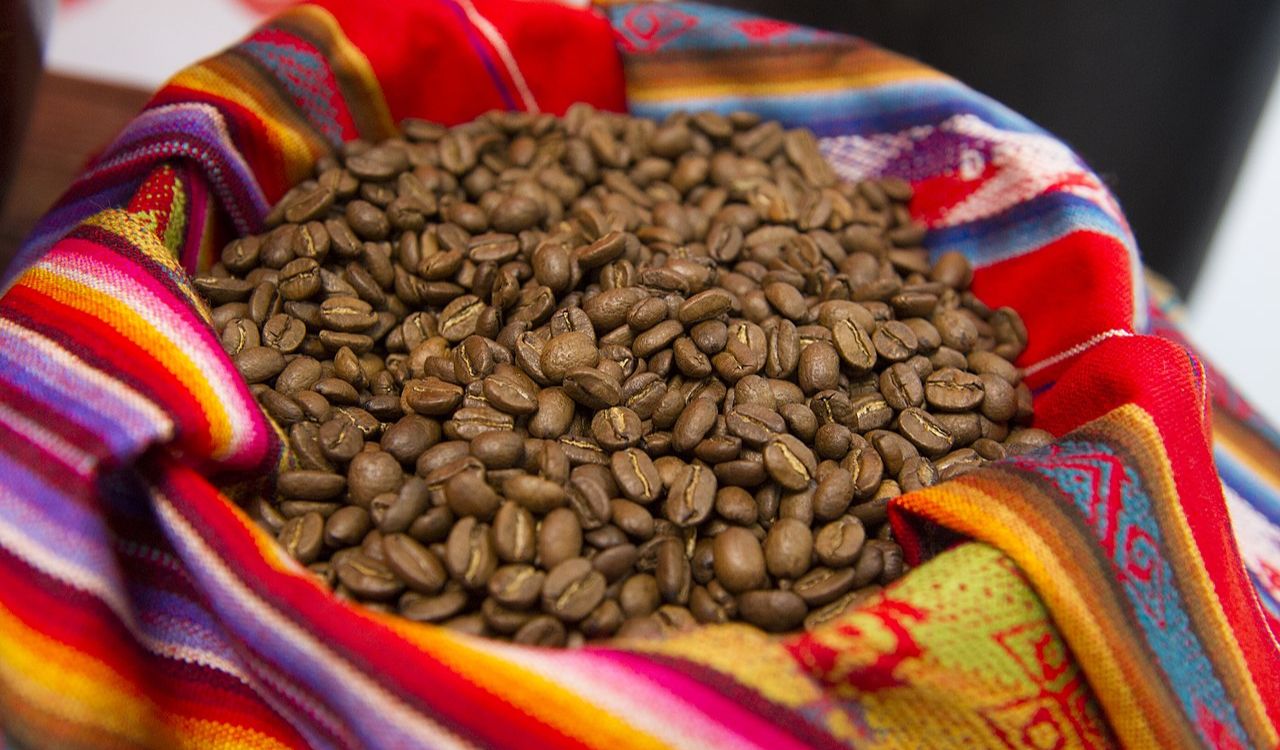
Peru’s position as a reliable arabica exporter continues to strengthen in 2025. The country is especially known for its organic and fair-trade coffee, which appeals to environmentally conscious consumers. Its Andean regions, including Cajamarca and San Martín, produce beans prized for their mild flavor and floral aroma. Export volumes have remained stable, supported by improved infrastructure and cooperative farming programs. Peru’s commitment to sustainable practices has solidified its place among the world’s top coffee exporters.
9. Ethiopia
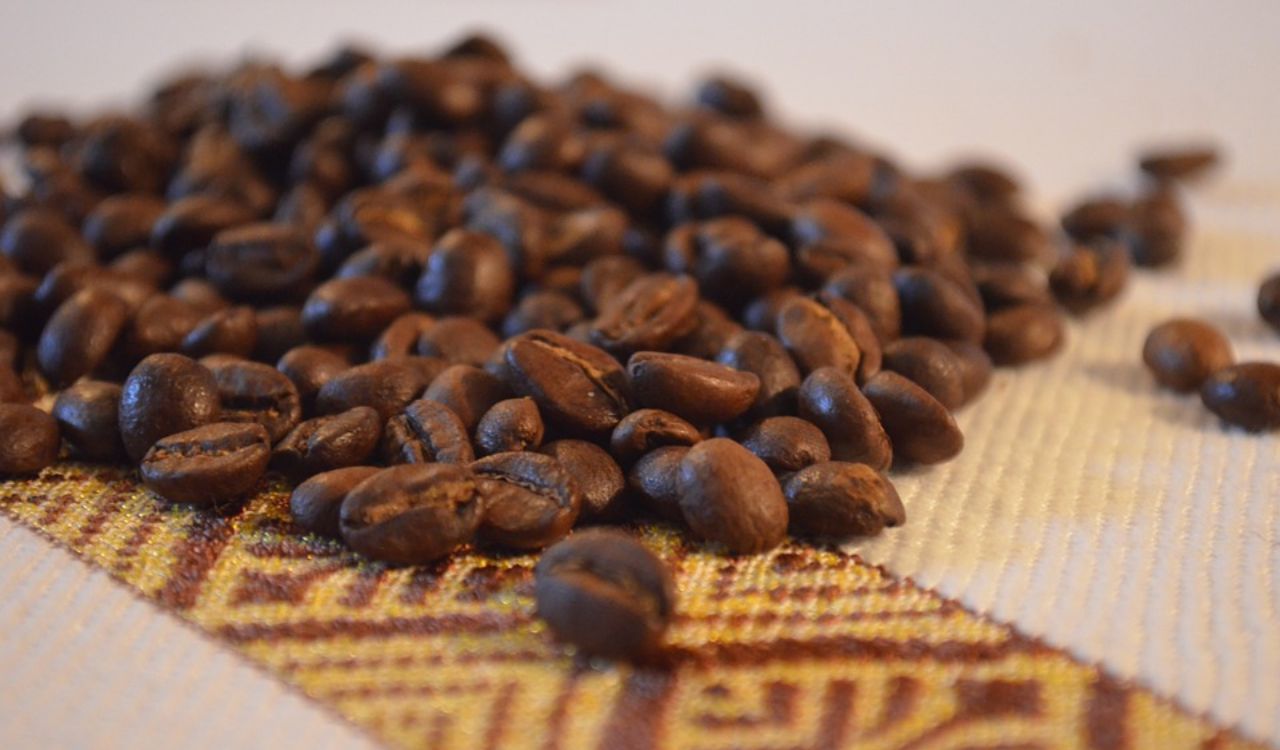
Ethiopia, often called the birthplace of coffee, remains one of the most significant arabica exporters. It ships roughly four million bags annually, most of them high-quality washed and natural coffees. The country’s unique varietals from regions like Sidama, Yirgacheffe, and Harrar make Ethiopian coffee highly sought after. Although domestic consumption is strong, its export volumes remain consistent. Ethiopia’s diverse smallholder farms and heritage-driven production methods ensure its continued importance in the international coffee market.
10. Guatemala

Guatemala rounds out the top ten, exporting premium arabica beans grown in volcanic soils. Regions such as Antigua, Huehuetenango, and Cobán are known for producing well-balanced coffees with chocolate and nutty notes. The country’s strong cooperative networks and modern milling systems maintain consistent export volumes year after year. While labor shortages and climate change present challenges, Guatemala’s focus on quality and traceability keeps its coffee in high demand among global importers and specialty buyers.







